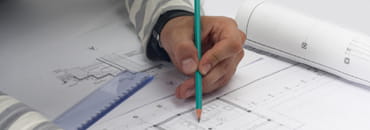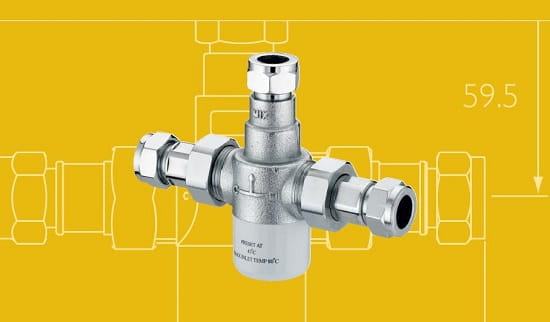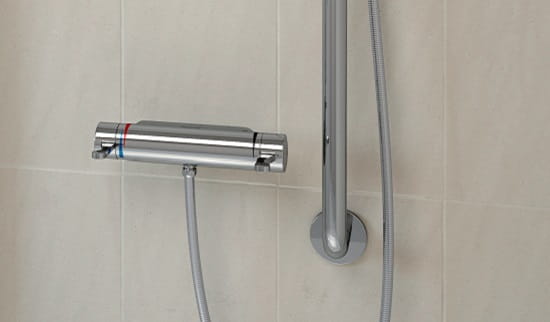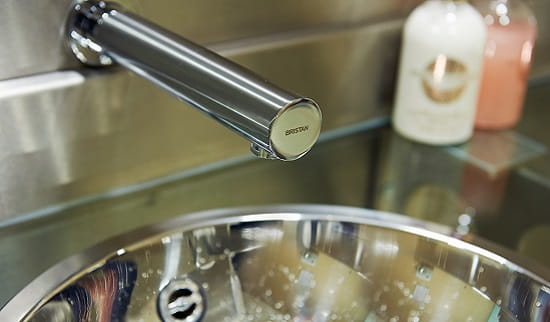In December, Tendring District Council was fined £27,000 by the Health and Safety Executive (HSE) after a "catastrophic failure" at the Lifestyles leisure centre in Walton-on-the-Naze.
Meanwhile, a hotel in Norfolk was fined £50,000 last summer, after pleading guilty to exposing its guests to a risk of scalding in its hotel. An 86-year-old man was left with life-changing injuries after he was trapped in a bath with scalding water pouring in.
When it comes to water delivery, both these cases show the importance of specifying washroom products that address the ongoing issue of hygiene and hot water safety. The problem is that water delivery can be easily put on the backburner by specifiers in favour of more pressing concerns.
With bathroom technology moving forward all the time, here are our top tips to ensure that washroom environments are safe and fit for purpose.
 Homeowners
Homeowners
 Installers
Installers
 Merchants
Merchants
 Specifiers
Specifiers






